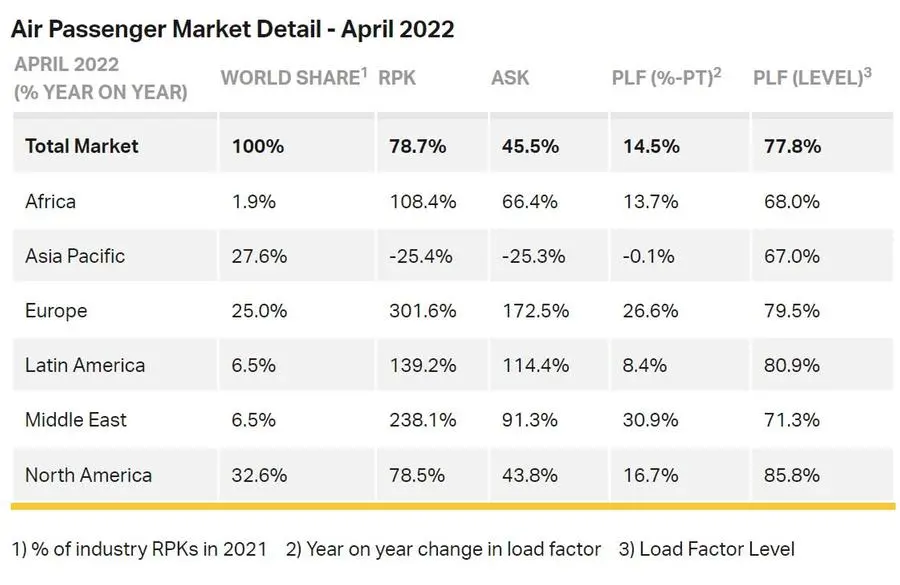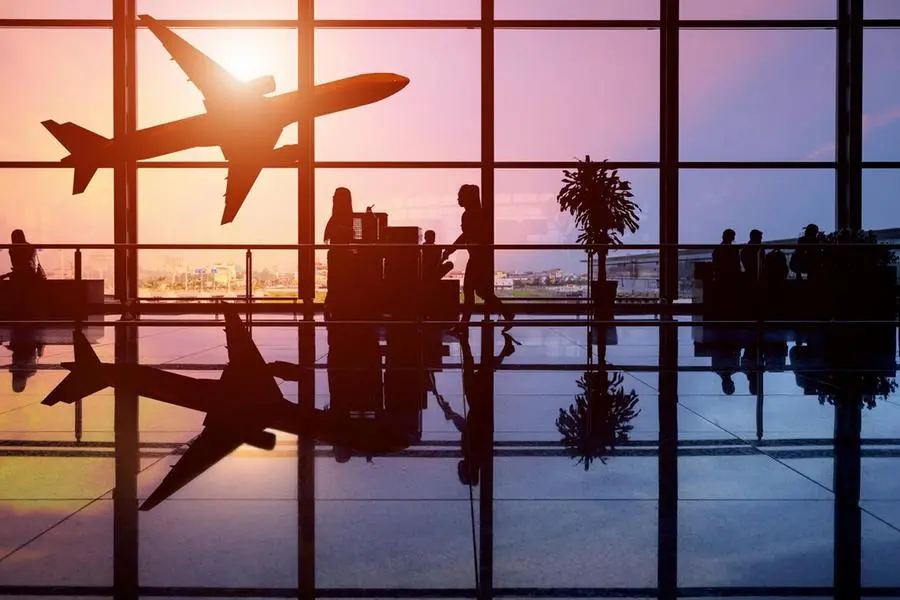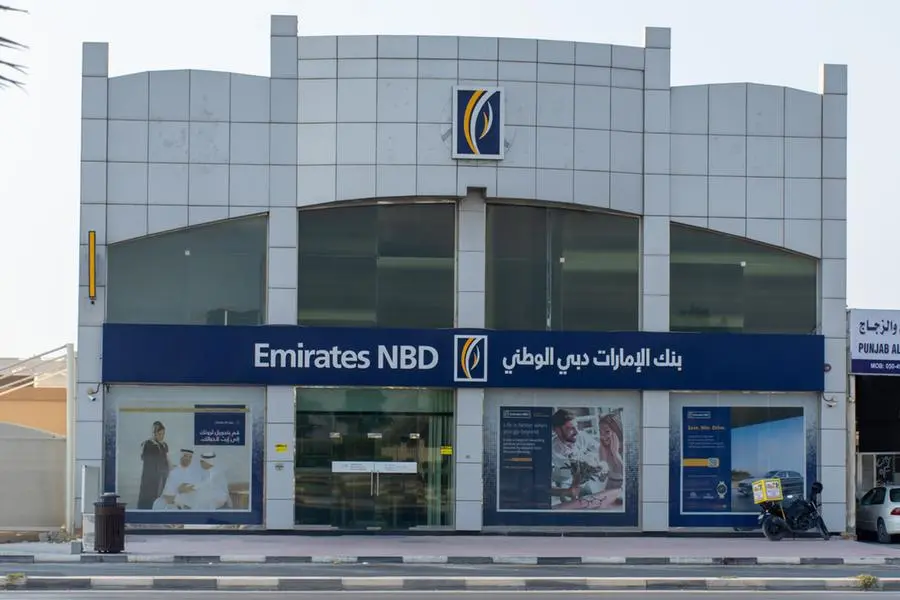PHOTO
Airlines in the Middle East had been more productive over the past several weeks compared to their peers, with passenger air travel bookings in the region surging faster than most markets in the world, according to the latest data.
As the aviation market continued to recover amid easing restrictions and rising immunization rates, the region’s total demand for air travel, measured in revenue passenger kilometres or RPKs, climbed 238.1 percent year-on-year in April, the second highest in the world after Europe, which posted a 301.6 percent growth.


Latin America emerged as the third-strongest market so far, registering RPK growth of 139.2 percent, followed by Africa (108.4 percent) and North America (78.5 percent). However, carriers in the Asia Pacific continued to struggle, with average RPK for the region falling by 25.4 percent, as one of its biggest markets, China, still severely restrict travel.
Travel restrictions have eased for many parts in the Middle East region, while airlines have continued to expand their global network. In Dubai, which has seen an influx of visitors since it reopened its borders in August 2020, around 13.6 million passengers were recorded during the first quarter of the year, up 138 percent compared to the same period last year.
Dubai Airports CEO Paul Griffiths had projected that the outlook for the year remains strong, with annual traffic now expected to reach 58.3 million, exceeding previous forecasts by a huge margin.
According to IATA, the easing of travel restrictions has led to an increase in air travel demand.
“We are seeing the long-expected surge in bookings as people seek to make up for two years of lost trave opportunities,” said Willie Walsh, IATA’s Director General.
“The experience of the rest of the world is demonstrating that increased travel is manageable with high levels of population immunity and the normal systems for disease surveillance.”
(Reporting by Cleofe Maceda; editing by Seban Scaria )





















